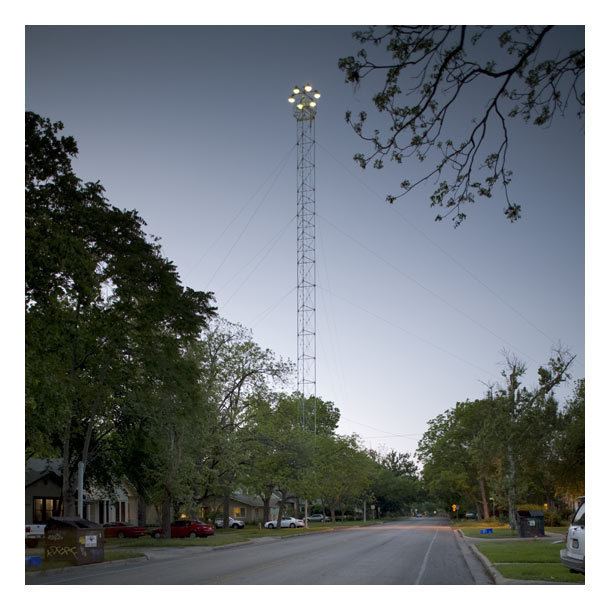 | ||
Similar Moonlight Towers, Zilker Park, Austin History Center, William Sidney Porter Ho, Tom Miller Dam | ||
Austin moonlight tower 12th blanco
A moonlight tower or moontower is a lighting structure designed to illuminate areas of a town or city at night.
Contents
- Austin moonlight tower 12th blanco
- Minecraft moonlight tower
- Moonlight towers in Austin Texas
- Historical marker text
- Austin locations active and retired
- Detroit
- New Orleans
- San Jose California
- Wabash Indiana
- References
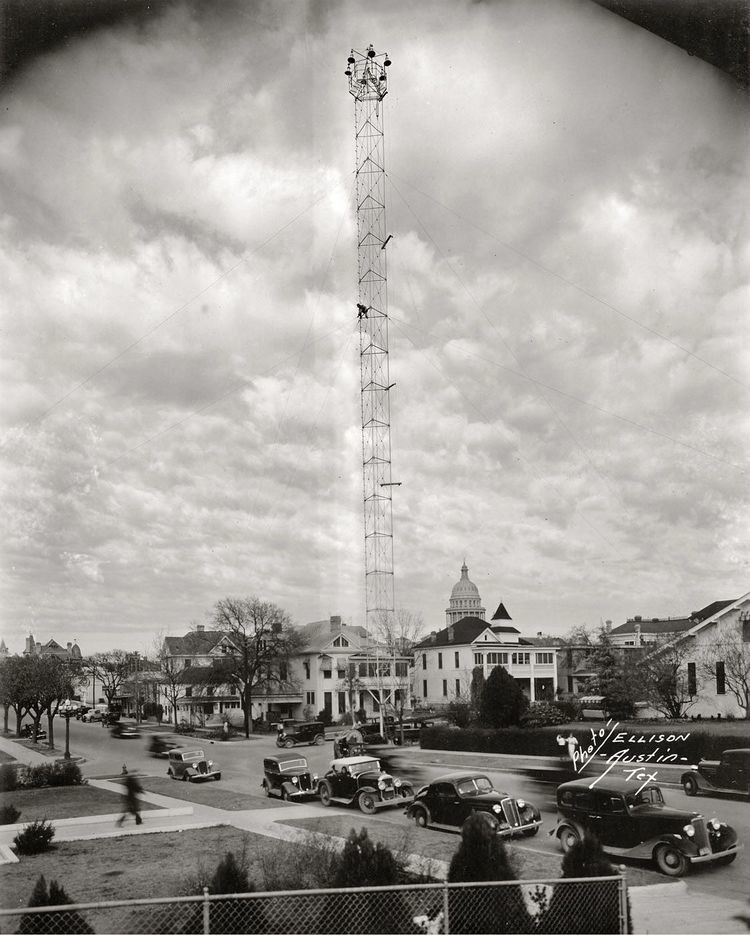
The towers were popular in the late 19th century in cities across the United States and Europe; they were most common in the 1880s and 1890s. In some places they were used when standard street-lighting, using smaller, shorter, and more numerous lamps, were impractically expensive. In other places they were used in addition to gas street lighting. The towers were designed to illuminate areas often of several blocks at once. Arc lamps, known for their exceptionally bright and harsh light, were the most common method of illumination. As incandescent electric street lighting became common, the prevalence of towers began to wane.
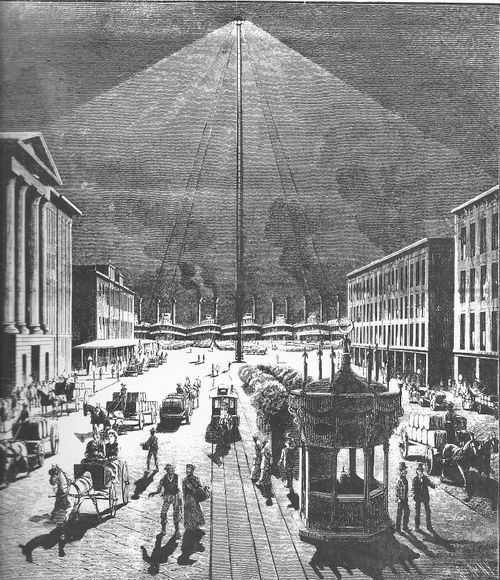
Minecraft moonlight tower
Moonlight towers in Austin, Texas

Austin, Texas, is the only city in the world known still to have moonlight towers. They are 165 feet (50 m) tall with foundations 15 feet (4.6 m) wide. The towers were manufactured in Indiana by Fort Wayne Electric Company and assembled on site. In 1894, the City of Austin purchased 31 used towers from Detroit. A single tower cast light from six carbon arc lamps, illuminating a 1,500 feet (460 m) radius circle brightly enough to read a watch.

Some have claimed that Austin put up moonlight towers partially in response to the actions of the Servant Girl Annihilator, but the towers were not erected until 1894 and 1895, ten years after the murders took place.
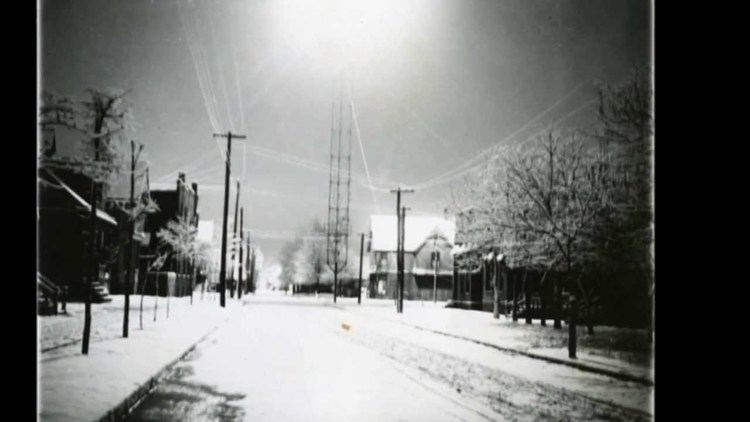
When first erected, the towers were connected to electric generators at the Austin Dam, which was completed in 1893 on the site of present-day Tom Miller Dam. In the 1920s, their original carbon-arc lamps, which were exceedingly bright but time-consuming to maintain, were replaced by incandescent lamps, which gave way in turn to mercury vapor lamps in the 1930s. The mercury vapor lamps were controlled by a switch at each tower's base. During World War II, a central switch was installed, allowing citywide blackouts in case of air raids.
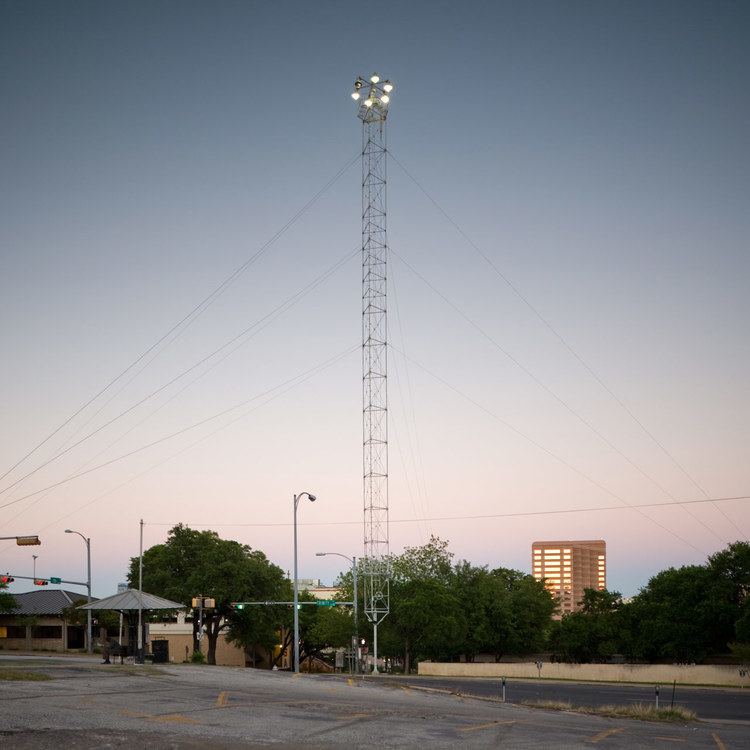
In 1970, the towers were recognized as Texas State Landmarks, followed by the 17 remaining towers being listed in the National Register of Historic Places on July 12, 1976. Only 6 are in their original locations as established by the Board of Public Works and City Council in 1895. In 1986 they were designated as State Archeological Landmarks.
In 1993, the city of Austin dismantled the towers and restored every bolt, turnbuckle and guy-wire as part of a $1.3 million project, the completion of which was celebrated in 1995 with a city-wide festival.
One of the towers was prominently featured in the film Dazed and Confused (1993) as the site of a high-school keg party, in which the character played by Matthew McConaughey exclaims, "Party at the moon tower."
The city of Austin has ordinances in place to protect the towers from demolition. However, since 2004, the towers at 4th & Nueces and 1st & Trinity have been removed due to new construction. It is unclear whether they will be replaced or erected elsewhere.
A restoration campaign began in 2014 by AustinEnergy and continues with plans to completely renovate and restore all the existing towers. Photos of the ongoing work are posted on Twitter.
Historical marker text
The following text appears on the historical marker placed by the Texas Historical Commission.
This is one of 17 that remain out of 31 towers erected 1894-1895 and in continuous use since. Their carbon arc lights then illuminated the entire city. Now mercury vapor lamps provide beacons for many miles on roads and airway, from dusk to dawn. Austin is said to be unique in this dramatic method of lighting.
Austin locations (active and retired)
1976 locations are based on National Register of Historic Places on July 12, 1976; 2010 locations are based on physical visits.
Two towers have been destroyed in traffic accidents, two have been blown down by cyclones, and six have been victims of rust and old age.
The moonlight towers were used as a model for the modern high mast freeway lighting which was conceived by TxDOT civil engineer Dexter Jones back in 1959 when the Interstate 45/Interstate 10 Downtown Houston interchange was being constructed.
Detroit
Detroit, Michigan had a particularly extensive system of towers from 1882 into the 1910s, with 122 towers illuminating 21 square miles (54 km2) of the city. [3] The Austin towers were originally installed in Detroit.
New Orleans
Towers were erected in New Orleans, Louisiana starting in the early 1880s. One set of towers illuminated a section of the Mississippi River levee, aiding in loading and unloading ships at night in the busy port. A tower at the busy intersection of Canal Street, Bourbon Street, and Carondelet Street was constructed with a set of four water pipes to aid in fire-fighting in the nearby multi-story buildings.
San Jose, California
In 1881, a 237-foot (72 m)-tall tower was erected in San Jose, California, making it the first city to be illuminated by electric light west of the Rocky Mountains. The tower was at Santa Clara and Market, and collapsed in a storm on December 3, 1915.
James Jerome ("J.J.") Owens came up with the idea for the tower. The New York native was a printer by trade. He eventually became publisher of the San Jose Mercury newspaper, and was a civic leader for years. He got the idea after he visited the first electrical lighting station in San Francisco in 1879.
In 1977, a nearly half-sized replica (shown in a photo on the right) was constructed at the San Jose Historical Museum, also known as History San José, at 1650 Senter Road. It is 115 feet (35 m) tall. It is approximately 3.2 miles (5.1 km) from the original location, about an eight-minute drive away.
Wabash, Indiana
Wabash Indiana was the first city to use arc lamps. On March 31, 1880, they turned on four arc lamps mounted on the towering dome of city hall. Wabash used a self regulating lamp invented by Charles Brush in 1870.
